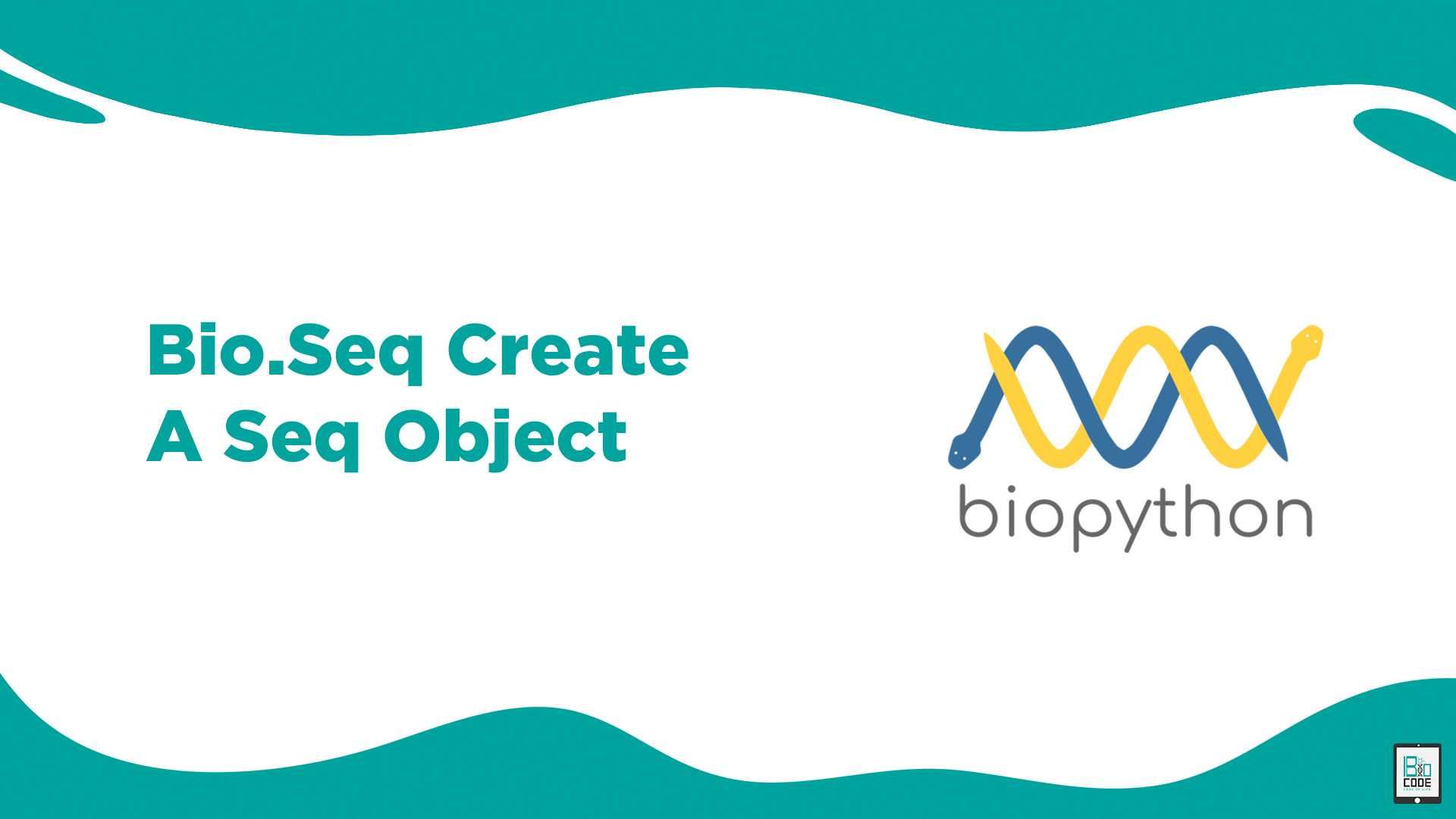Are you interested in learning how to create Seq objects? If so, we have just the guide for you! In this email, we will provide you with some tips and tricks for creating Seq objects, as well as a step-by-step guide to help you get started.
What is a Seq object, you may ask? A Seq object is a data structure that is used to represent a biological sequence, such as a DNA or protein sequence. Seq objects are commonly used in bioinformatics and computational biology, and they can be manipulated and analyzed using various tools and algorithms.
So, how can you create a Seq object? Here are some tips and tricks to help you get started:
Install Biopython: Biopython is a powerful and widely-used Python library for bioinformatics. It includes a Seq module, which provides tools for creating and manipulating Seq objects. To use Biopython, you will need to install it on your computer. You can find instructions on how to install Biopython on the Biopython website.
Import the Seq module: Once you have installed Biopython, you can import the Seq module in your Python script or Jupyter notebook. You can do this by adding the following line of code at the beginning of your script: from Bio.Seq import Seq
Create a Seq object: To create a Seq object, you can use the Seq() constructor function. This function takes a string as input, which represents the sequence you want to create. For example, to create a Seq object representing the DNA sequence “ATCG”, you can use the following code: my_seq = Seq(“ATCG”)
Learn Cancer Genomics: NGS (Whole Exome Sequencing) Variant Calling Using Linux
Now that you know the basics of creating Seq objects, here is a step-by-step guide to help you get started:
Step 1: Install Biopython
Step 2: Import the Seq module
Step 3: Create a Seq object using the Seq() constructor function
Step 4: Manipulate the Seq object using various tools and algorithms provided by Biopython
We hope that these tips and tricks, as well as our step-by-step guide, will help you create Seq objects with ease. If you have any questions or need further assistance, feel free to reach out to us.
Code:
from Bio.Seq import Seq
#Create a Seq object representing a DNA sequence
my_dna_seq = Seq(“ATCG”)
#Create a Seq object representing a protein sequence
my_protein_seq = Seq(“MKFLVCLLVLTLAMS”)
#Print the Seq objects
print(“My DNA sequence: “, my_dna_seq)
print(“My protein sequence: “, my_protein_seq)

